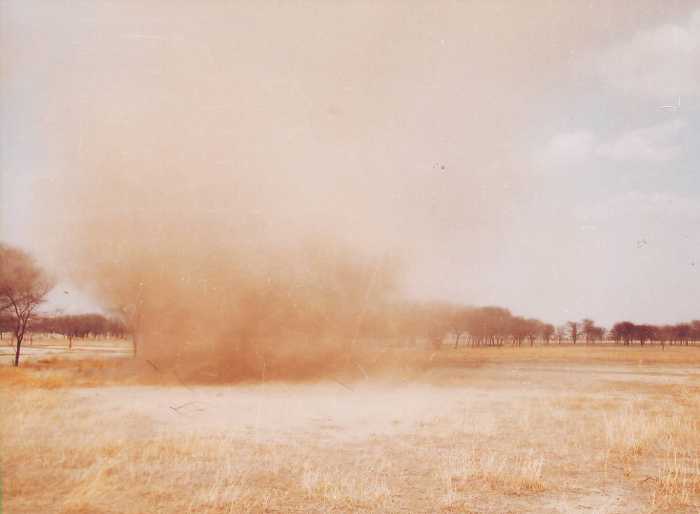FWP:
SETS == EK; IZAFAT;
SYMMETRY
DOOMSDAY: {10,11}
GRANDIOSITY: {5,3}
Classic Ghalib, and one of the brilliant verses of the divan. The interrogative first line is inshaa))iyah and also presumptive, so it's doubly removed from the world of fact. And it has two i.zaafat constructions, so its multivalence is at least triply assured.
Then the seemingly simple second line provides two answers to the question in the first line-- if it is in fact a question and not an exclamation. Both answers are indirect, and are informative only through implication: through what I call 'symmetry', the line can meaningfully be read either as 'A is B', or as 'B is A', a common enough feature in Ghalib's poetry. But in this particular verse, what meanings! Both of them are complex and devastatingly effective, and both of them ultimately return us to the subtleties of the first line. In the ghazal world, dead lovers are 'martyrs' [shahiidaa;N] if they die true to their 'faith' of passion; this is not a parody of the religious use of the term, but an extension of it-- and perhaps a justifiable extension, since the beloved may (almost) always be God.
According to (2a), Doomsday is, thanks to the beautifully exploited multivalence of ek , a mere, or particular, or unique, swift breeze on the dust of the martyrs: the dust of the dead lovers has been so utterly consumed by the fires of passion that even the turmoil of Doomsday will be, by comparison, nothing more than a swift breeze. The martyrs will hardly even notice it, much less pay it any special attention. After all, what's even left of them that the day of 'rising' can summon, or can cause to arise?
And according to (2b), even a mere swift breeze is Doomsday on the dust of the martyrs: the dust of the dead lovers is so light, so easily agitated, so ethereal and unmoored that even a swift breeze would swirl their dust around as if it were the turmoil of Doomsday. (And of course 'Doomsday' is really the day of 'standing, rising', a sort of resurrection day, which enhances the pleasure still further.)
There's also the question, as Faruqi points out, of how the flight 'of' the ardor 'of' (or 'for') coquetry [parvaaz-e shauq-e naaz], with its two i.zaafat constructions, to be understood. Is it a flight that is in ardor, by means of ardor, or pertaining to ardor? Is there any remaining dust of the lovers at all, such that it can take flight? Or has the lovers' dust vanished completely, so that the flight of the dust is replaced by an inexhaustible 'flight of ardor' instead? And is the coquetry that of the beloved, for which the lover is endlessly ardent, or that of the lover himself, flaunting his fine martyrdom?
The possibilities multiply, but somehow, in this verse they're all mysterious, all moving and beautiful. The internal rhyme of parvaaz-e shauq-e naaz , which aligns itself beautifully with the metrical feet, feels fluent and uncontrived. The verse soars, and creates around itself a refined, bright, eternal flight of passion.
For a more melancholy vision of the flight of the dead lover's dust, see {114,2}. But for a structural parallel, see {222,1}, which is similar to the present verse and almost (though not quite) equally powerful.
On the possibilities of juz , see {101,1}.
Compare Mir's equally brilliant vision of what happens to the dust of dead lovers: M{144,7}.

Nazm:
That is, what of the martyrs of the longing for sight now remains for Doomsday to cause to rise up? Indeed, in ardor for the appearance/glory of the entirely coquettish one their dust is flying around, such that for them, the tumult of Doomsday is a swift breeze. That is, in their flight this breeze too will be a helper. And if you take its mirror image, then the meaning is that when a swift breeze came, it did the work of Doomsday-- that is, their dust began to fly in the ardor for sight. (62)
== Nazm page 62